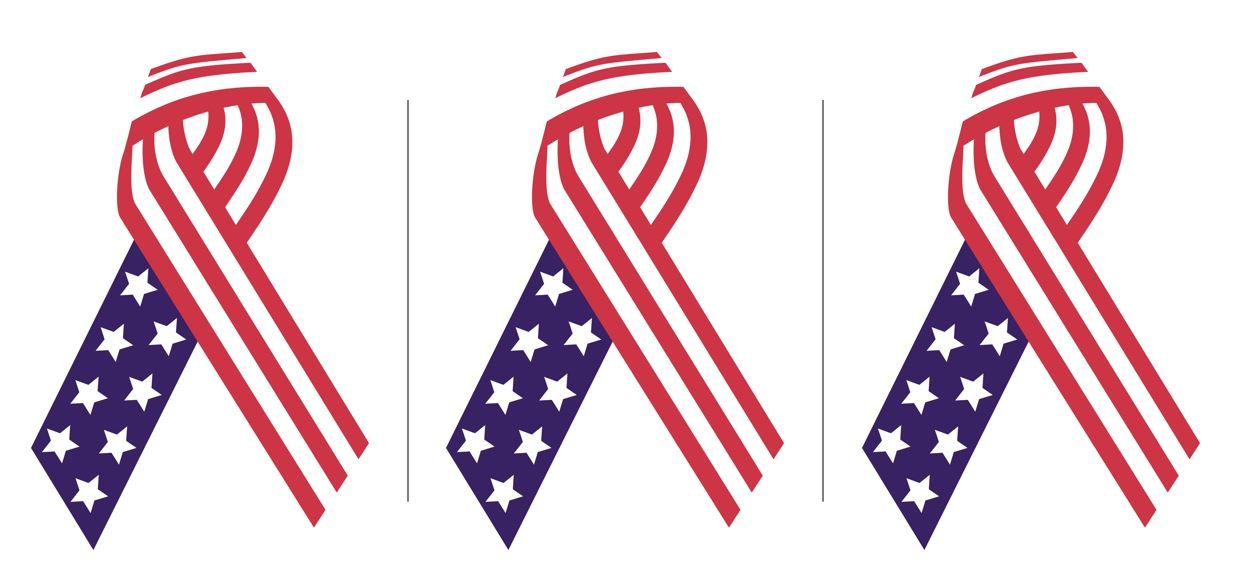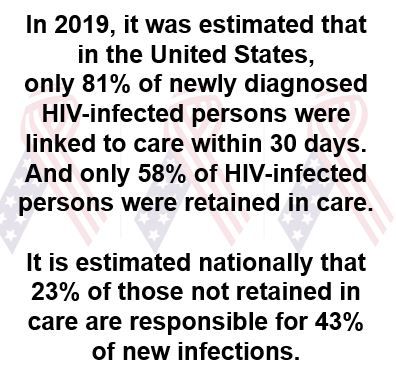- Clinical Technology
- Adult Immunization
- Hepatology
- Pediatric Immunization
- Screening
- Psychiatry
- Allergy
- Women's Health
- Cardiology
- Pediatrics
- Dermatology
- Endocrinology
- Pain Management
- Gastroenterology
- Infectious Disease
- Obesity Medicine
- Rheumatology
- Nephrology
- Neurology
- Pulmonology
The End of the HIV Pandemic: Whatever Happened to 90-90-90 by 2020?
Get 90% of all HIV-infected persons diagnosed, get 90% of them on ART, and get 90% of those on ART “undetectable.” Are we there yet?
©Fernando Suares/stock.adobe.com

Whatever Happened to 90-90-90 by 2020?
In 2014, the Joint United Nations Programme on HIV/AIDS announced an ambitious worldwide strategy to end the HIV pandemic by 2030 (and change HIV to a “low-level endemic disease”). The strategy became known as “90-90-90 by 2020.”
The idea was to get 90% of all HIV-infected persons diagnosed, get 90% of them on antiretroviral therapy (ART), and get 90% of those on ART “undetectable.” Doing the math (0.9 x 0.9 x 0.9) would result in getting 73% of all HIV-infected patients undetectable.
So how did countries do? In 2017, Botswana was at 81% of all HIV-infected persons undetectable. The UK was at 87%. And the United States? Only an estimated 55% of all HIV-infected persons were undetectable. Thus, it should not come as a big surprise that the US failed to meet the 90-90-90 goal by the end of 2020.
What happened? It wasn’t diagnosis. In 2017, an estimated 86% of all HIV-infected persons were aware of their status. But knowledge of status is not the same as starting ART, and starting ART is not the same as staying on ART.

Two very important concepts emerged. Linkage to care and retention in care.
- Linkage to care is defined as getting a newly identified HIV-infected person an appointment at an HIV-experienced facility within 30 days of the diagnosis.
- Retention in care is defined as having 2 CD4+ cell counts, or 2 HIV RNA levels obtained in the same calendar year.
In 2019, it was estimated that in the United States, only 81% of newly diagnosed HIV-infected persons were linked to care within 30 days. And only 58% of HIV-infected persons were retained in care.
In the Ryan White-funded clinic where I see patients, 92% of those retained in care are undetectable. We retain in care 80% of our patients, but assuming that all of the 20% of the others have detectable viral loads, then our “effective” HIV RNA suppression rate is about 74%. Nationally, it is estimated that 23% of those not retained in care are responsible for 43% of new infections.
The White House Office of National AIDS Policy (ONAP) recently has developed and published an ambitious plan to address these issues.1 ONAP’s vision:
“The United States will be a place where new HIV infections are prevented, every person knows their status, and every person with HIV has high-quality care and treatment, lives free from stigma and discrimination, and can achieve their full potential for health and well-being across the lifespan.”
Main goals, by the year 2030, include:
- Increase knowledge of status to 95%
- Reduce new infections by 75% (from a baseline of 37,000 in 2017)
- Increase PrEP (pre-exposure prophylaxis) use to 50% (from a 2017 baseline of 13%)
- Increase linkage to care to 95%
- Increase viral suppression to 95% among those diagnosed with HIV
It seems to me that the key to getting 95% of those diagnosed with HIV to undetectable is improving retention in care. Obstacles to doing so include transportation difficulties, poverty, comorbid psychiatric conditions, substance use, multiple other sexually-transmitted infection epidemics, multiple other public health urgencies, financial and healthcare-related resources, and stigma, to mention just a few. The document goes into considerable detail about ways to do so, but none of them will be easy.
We have the tools
We have the tools to end the HIV epidemic, including the newly FDA-approved every-other-monthly injectable FDA-approved PrEP treatment, cabotegravir extended-release injectable suspension (Apretude). In 2 NIH-funded trials on the African continent, the injectable PrEP was over 99% efficacious at preventing HIV-infections during the trial. Additionally, we have many very effective and well-tolerated co-formulated once-daily antiretroviral regimens that are widely available even for those with no or limited financial resources.
The concept of “treatment as prevention” (undetectable = untransmissible) has been well-established for years. But getting our public health infrastructure to where it needs to be by 2030 to substantially improve retention in care seems like a pretty heavy lift from my view from the trenches.
References. 1. The White House. 2021. National HIV/AIDS Strategy for the United States 2022–2025. Washington, DC.

Rodger D. MacArthur, MD, is Professor of Medicine, Division of Infectious Diseases and Office of Academic Affairs, Medical College of Georgia at Augusta University, Augusta, Georgia. Dr MacArthur is an NIH-funded researcher and before arriving at the Medical College of Georgia, he headed the Wayne State University AIDS clinical trial program. He is widely recognized as an authority the development of antiretroviral treatment.
